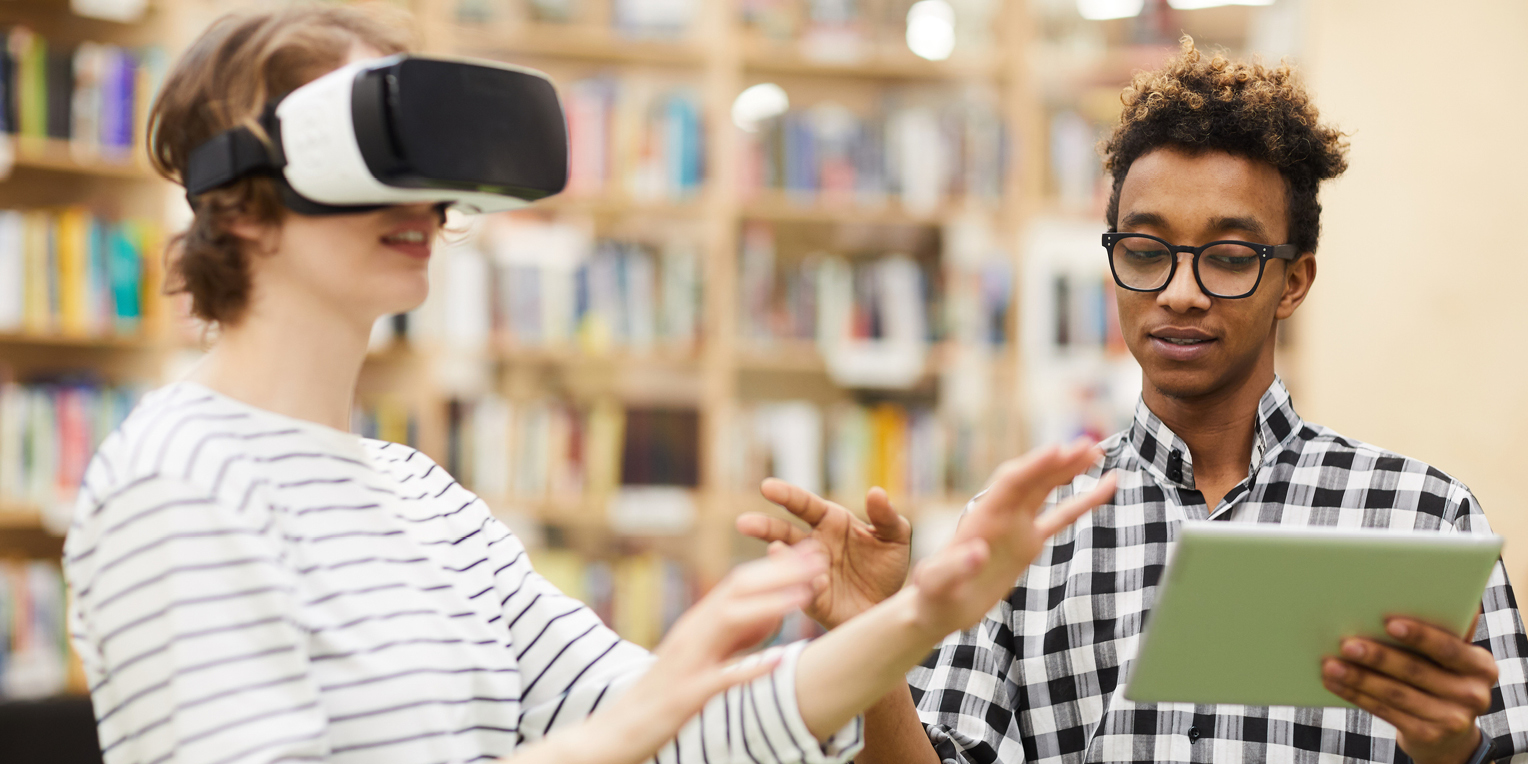Immersive technologies such as virtual reality (VR), augmented reality (AR) and mixed reality (MR) are growing fast, with an estimated market value of more than $135 billion by 2024.
The key for higher education institutions will be to keep getting better at leveraging these solutions in classrooms and remote-learning environments.
One of the pioneers in the field is Ontario’s Georgian College, which currently operates 12 AR/VR projects in subject matter as diverse as architectural technology, event management, advanced care paramedic, biotechnology-health, Indigenous studies and tourism — and operates VR labs for trades-related programs in Midland, for nursing in Orangeville, and for power engineering in Owen Sound.
Included in these developments is what is thought to be one of the first deployments of AR/VR to teach an indigenous language: Anishnaabemowin.
In this interactive and engaging webinar, Robert Theirault Immersive Teaching Manager at Georgian College, explores just what it takes to make AR/VR work in a college or university course.
Participants in this webinar will:
- Understand the distinction between AR & VR
- See an example of VR in action
- Examine what it takes to go from storyboard to deployment in a classroom
- Look at the evidence of the effectiveness of VR for learning
- Engage in a discussion of the emerging potential of AR/VR

